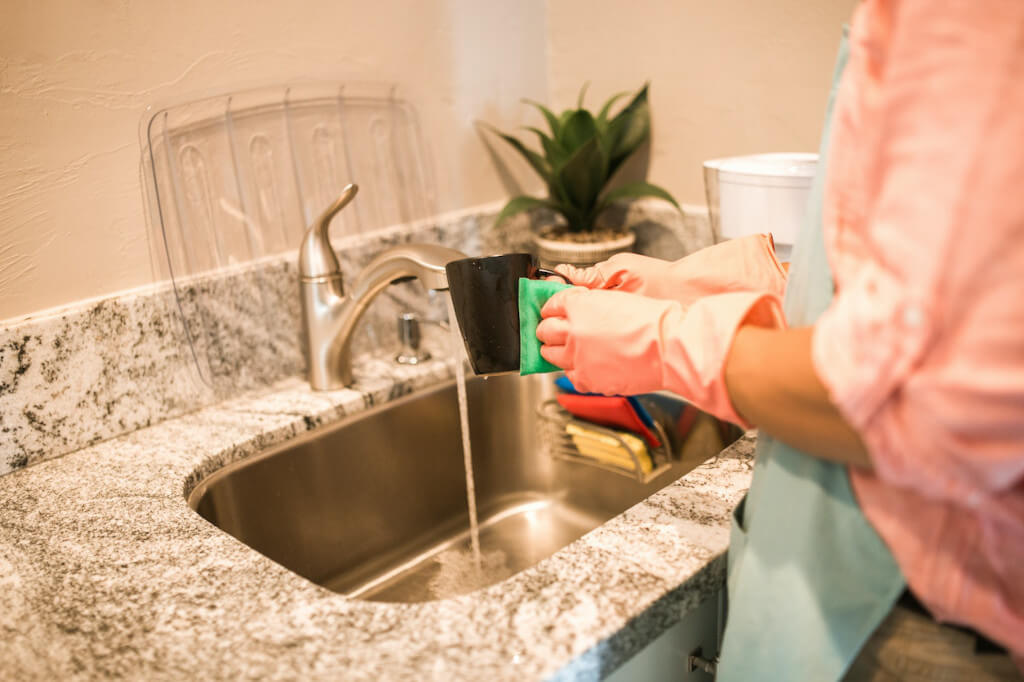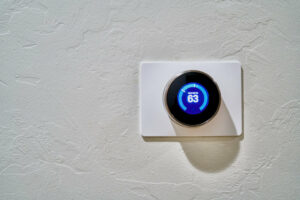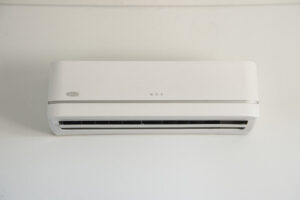
It’s a uniformly horrible experience, but having poor water pressure in the kitchen sink can be especially so. Without the power that was advertised for your water tap, once simple tasks like dishwashing become laborious and even more frustrating. Some factors can contribute to the low level of pressure in the kitchen, which renders it difficult to pinpoint a solution to the problem. You can now compare both of these plumbing solutions sides by side, which is a fortunate development given that there is a solution to every problem. In the vast some cases you may need a professional plumber to assist you in implementing these strategies. Click here for further information.
Clogged Aerator
In the kitchen sink, low water pressure is often caused by a clogged aerator, which is among the primary causes. Fixing it won’t take too much time either. The purpose of the aerator is to fragment a continuous flow of water into several more manageable streams. The factor responsible for the splitting is air, thus the name. If you mix air into a flow of water, you can reduce the amount of water you use and your monthly water bill without compromising the force of the water’s pressure.
Minerals, particles, and soil particles tend to accumulate over time, which can cause the mesh aerator to become clogged. After that, the water pressure in your home will be lower than usual for no apparent reason. You will need to remove the aerator to determine whether or not it is the source of the problem. This is how you go about doing it:
- To extract the aerator from your tap, disassemble the end of the fixture.
- Pull the aerator out of its housing and perform a thorough visual check on it.
- To verify your doubts, you should run the water without the aerator.
If the water is running at an acceptable pressure, the problem most likely lies with the aerator. Take another look at it; in most cases, it can be salvaged as long as the tiny cracks are not completely obstructed. Scrub the area around each water hole with a thin pick or a small brush to remove any particles and sediment that are blocking your view. You may need to substitute the aerator, which is an inexpensive fix if your endeavors are not producing the desired results.
Unable to Clear Cartridges
One of the factors contributing to the low water pressure in the kitchen sink is the clogged cartridge.
Your kitchen sink’s handle is where you’ll find the cartridge component of the sink. The amount of water that comes out of the faucet is determined by the cartridge. These, like aerators, are susceptible to clogging from the same kinds of substances. When inspecting your aerator, you should also check for the possibility of a cartridge becoming clogged. The following are the expedited steps for that:
- Run the water once more while positioning the aerator to the side of the container.
- If the pressure does not improve, you should examine the cartridge.
- You need to take the cap off the handle of your sink. If this cannot be done, you will need to unscrew the entire thing from its base.
- Take off the cover of the cartridge, which is designed to look like a ring.
- Now that that is out of the way, reach inside and take out the cartridge. It typically takes the form of a cylinder and is constructed out of plastic or brass.
- Examine the interior for any signs of debris or mineral buildup. If there is a lot of debris, you should toss it out and get a new one just like you did with the aerator.
- After you have reinserted the cleaned cartridge, you should reinstall the aerator and then start the water running again. You should be good to go, but just in case, there are plenty of other potential solutions you can test out.
Water Mains That Are Blocked
It’s possible for there to be leaks or clogs in the water supply lines that lead to your kitchen sink. To determine whether or not this is the reason for your low water pressure, you should go to the cabinet that is located under your sink and turn off the water supply to your sink. What you should do next is as follows:
- Turn off the water supply to your sink and disconnect the supply line.
- Take a bowl or a bucket and wiggle the line to remove any excess water that may be present.
- After the water has been removed, you can turn the water back on.
If water is coming out of the line and into your bucket, the issue is probably related to your faucet. It is more likely that you will want to replace the faucet itself and begin from scratch as opposed to taking it apart to figure out what the issue is. If there is nothing that comes out, the issue may be more complex than the typical do-it-yourselfer can handle. Call your plumber to get an accurate diagnosis and recommendation for how to proceed.
Leaking Pipes
As a result of the water pipes that are leaking, the water pressure in the kitchen sink is low. The low water pressure you’re experiencing may be due to a shortage of water. Check the water pressure throughout the entire house, not just at the sink in the kitchen, to ensure that you have an accurate picture of the situation and eliminate any other possibilities. If the issue appears to be affecting all of your plumbing, you may leak one or more of your pipes.
If there are no obvious signs of a leak, it can be difficult to identify which pipe is leaking and in which part of the house it is occurring without the assistance of a plumber. It’s possible, for instance, that you’ll find moisture in the cabinet above your kitchen sink or directly below it in your basement. This typically points to the location of the leak point; however, if you do not have a professional, it is difficult to be certain. Turning off the water in your home and making a note of the numbers on your water meter are both good ways to confirm that you leak. Check the numbers again in an hour or two; if they have increased, it means that there is a hole in the system somewhere.
A Broken Off Valve in the System
Under your kitchen sink, there is a shut-off valve that you can use to stop the flow of water. This valve, like the aerator and the cartridge, is susceptible to becoming clogged or damaged. It is also possible for the stem to leak, which will result in a decreased volume of water coming out of your faucet overall. First, ensure that the valve is fully open, and then inspect it to ensure that it is clean and does not have any leaks. If the valve is broken, you will almost certainly need to replace it and begin the process over again.
A Problem With the Pressure-reducing Valve Was Discovered
The pressure-reducing valve, also known as a PRV, is attached to the primary water line that leads into your residence. It is preprogrammed when it is shipped to you from the manufacturer, but there is always a chance that it has been damaged in some way or that it has been knocked over. If the low water pressure is felt throughout the entire house, but there do not appear to be any leaks, the pressure-reducing valve (PRV) may be the source of the problem. Turning the screw that is located on top of the PRV in a counterclockwise direction will allow you to adjust the water pressure in your home. Your home should experience an increase in pressure throughout, which might solve the issue.
A Water Heater Covered in Grime
If you notice that only your hot water seems to be underperforming, the problem may lie with your water heater. The effectiveness of the heater, as well as the amount of heat it can produce, will suffer if the water tank is dirty. Because of this, the pressure of the hot water throughout your home will be affected. It is recommended that the tank be flushed and cleaned approximately every six months; alternatively, you can hire a plumber to perform this service for you and ensure that everything is spotless. If you remove the excessive sediment buildup, the pressure of your hot water should return to its normal level.



